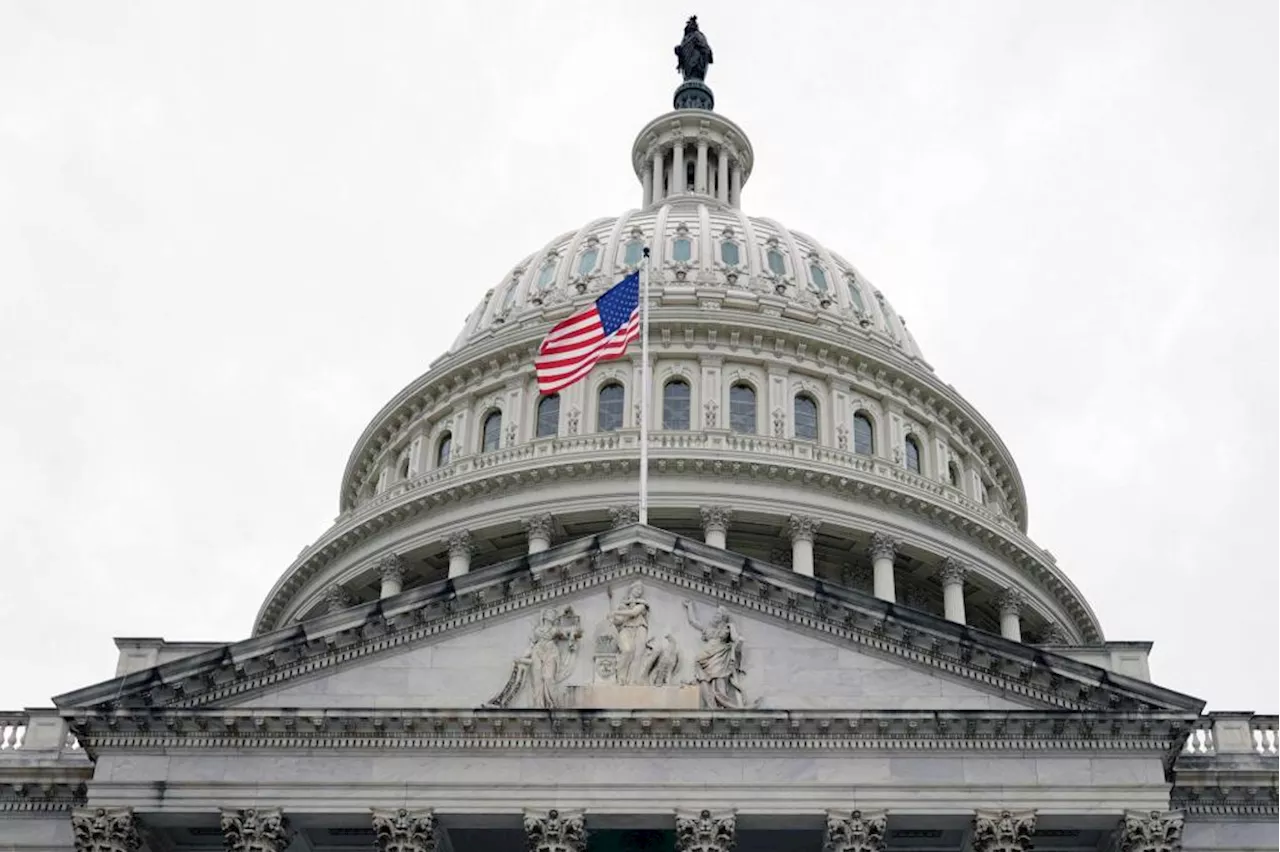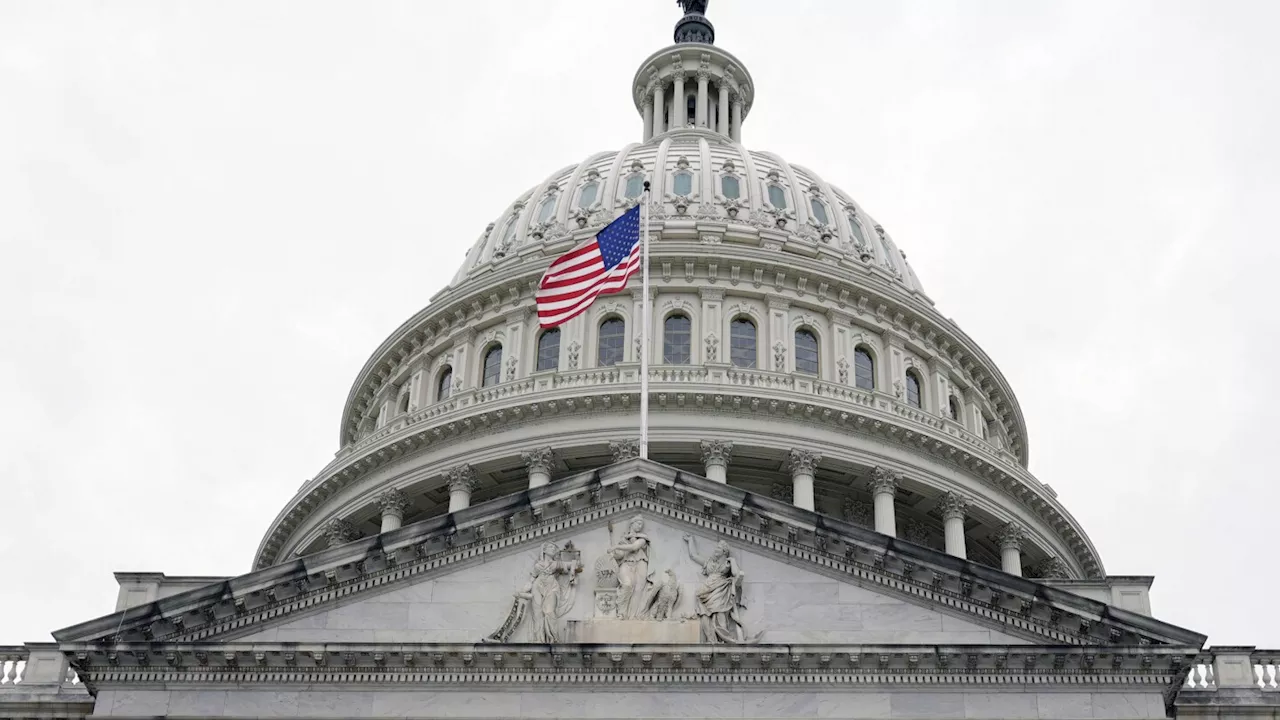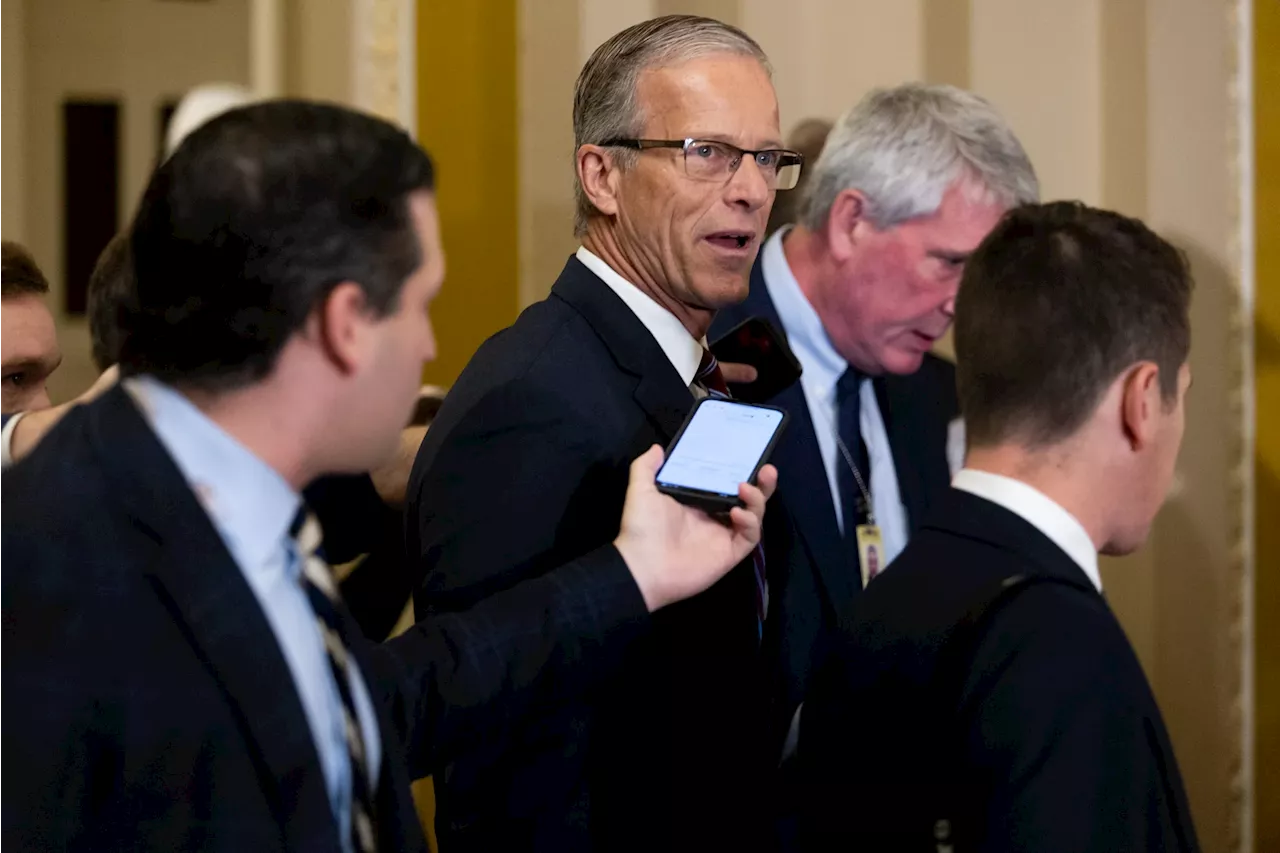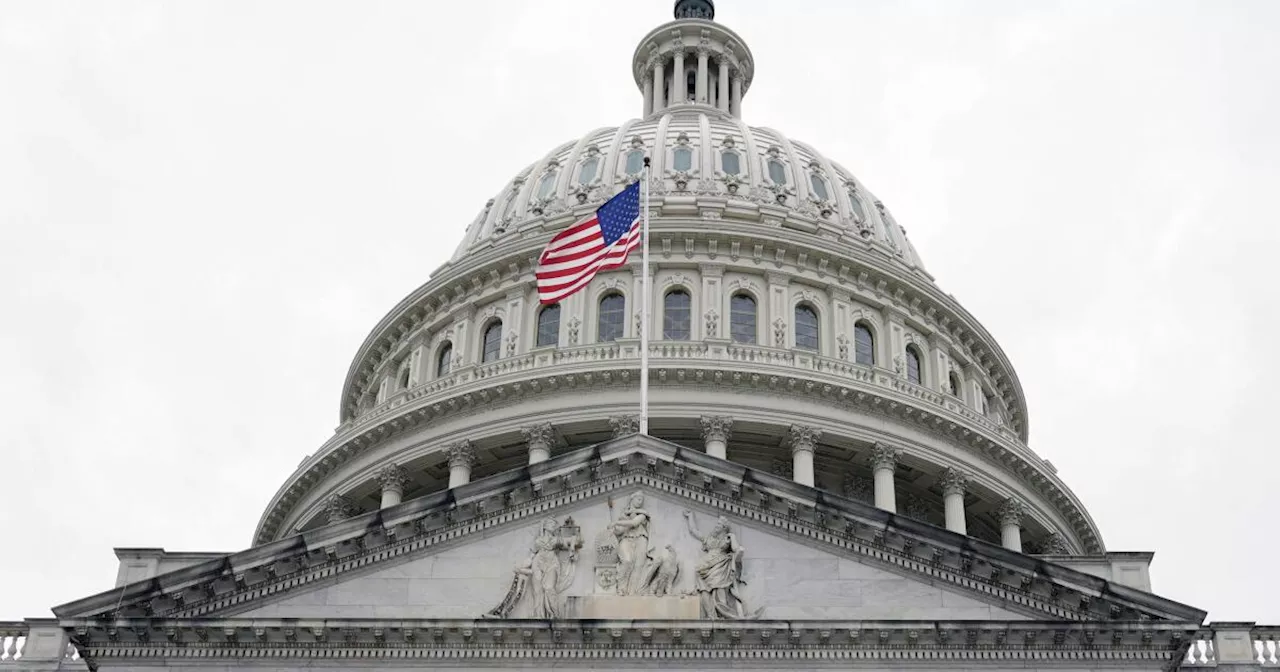Source of breaking news and analysis, insightful commentary and original reporting, curated and written specifically for the new generation of independent and conservative thinkers.
Americans are hearing a lot about recess appointments as incoming President Donald Trump announces nominations to top government positions for his new administration, so understanding when and how the Constitution empowers presidents to make those appointments is key to grasping how the president-elect plans to implement a bold agenda to move the United States in a new direction and overhaul a deeply dysfunctional government.
Recess appointments are in the news as President Trump weighs his options for staffing up his administration, including the possibility of recess appointments. This strategy is the predictable result of Democrat obstruction in recent years. Yet when Republicans retook the White House in 2000, things got worse. Senate Democrats expanded their judicial obstruction to include federal appeals courts, and — relevant here — Democrats tried to systematically block or delay key executive nominations. Unquestionably qualified Republican nominees were slow-walked or scuttled.
The Constitution says in Article I, Section 5, Clause 4 that neither house of Congress can “adjourn for more than three days” without the consent of the other house. So Senate Republicans adopted a plan during the Obama years to give Democrats a taste of their own medicine, whereby every three days a Republican senator would take the presiding officer’s chair, gavel the Senate into session, go through a couple formalities, then adjourn for another three days.
Noel Canning was a company who got the short end of the stick from the newly revived NLRB, and promptly sued, arguing that Obama’s recess appointments to the NLRB were unconstitutional.agreed, holding 9-0 that the Recess Appointments Clause did not empower Obama to make those appointments, splitting between two opinions on exactly what that constitutional provision authorizes.
So long as there are at least 51 senators willing to adjourn for at least 10 days — or 50 senators plus the vice president as a tie-breaker — a president can make recess appointments that last roughly as long as a typical political appointment.
United States Latest News, United States Headlines
Similar News:You can also read news stories similar to this one that we have collected from other news sources.
 Trump's push for recess appointments shakes up Senate GOP leadership fight, Cabinet picksSen. Joni Ernst, R-Iowa, on whether she supports recess appointments, who she's supporting for Senate majority leader, Sen. Chuck Schumer blocking Senator-elect David McCormick from Senate orientation and Qatar kicking Hamas out of the country.
Trump's push for recess appointments shakes up Senate GOP leadership fight, Cabinet picksSen. Joni Ernst, R-Iowa, on whether she supports recess appointments, who she's supporting for Senate majority leader, Sen. Chuck Schumer blocking Senator-elect David McCormick from Senate orientation and Qatar kicking Hamas out of the country.
Read more »
John Cornyn signals support on Trump's call for recess appointmentsSen. John Cornyn says the senate should stay in session indefinitely were Democrats to block Donald Trump's appointments.
Read more »
 What are recess appointments and how could Trump use them to fill his Cabinet?Recess appointments would be a significant shift in power away from the Senate.
What are recess appointments and how could Trump use them to fill his Cabinet?Recess appointments would be a significant shift in power away from the Senate.
Read more »
 What are recess appointments and how could Trump use them to fill his Cabinet?President-elect Donald Trump is considering recess appointments to skip over Senate confirmations for some of the most powerful positions in the U.S. government. Trump over the weekend demanded that Republican leaders in the Senate agree to allow recess appointments as he fills out his administration.
What are recess appointments and how could Trump use them to fill his Cabinet?President-elect Donald Trump is considering recess appointments to skip over Senate confirmations for some of the most powerful positions in the U.S. government. Trump over the weekend demanded that Republican leaders in the Senate agree to allow recess appointments as he fills out his administration.
Read more »
 Trump’s demand for recess appointments faces headwinds following controversial Cabinet picksPolitical News and Conservative Analysis About Congress, the President, and the Federal Government
Trump’s demand for recess appointments faces headwinds following controversial Cabinet picksPolitical News and Conservative Analysis About Congress, the President, and the Federal Government
Read more »
 What are recess appointments and how could Trump use them to fill his Cabinet?President-elect Donald Trump is considering recess appointments to skip Senate confirmations for some of the most powerful positions in the federal government.
What are recess appointments and how could Trump use them to fill his Cabinet?President-elect Donald Trump is considering recess appointments to skip Senate confirmations for some of the most powerful positions in the federal government.
Read more »
